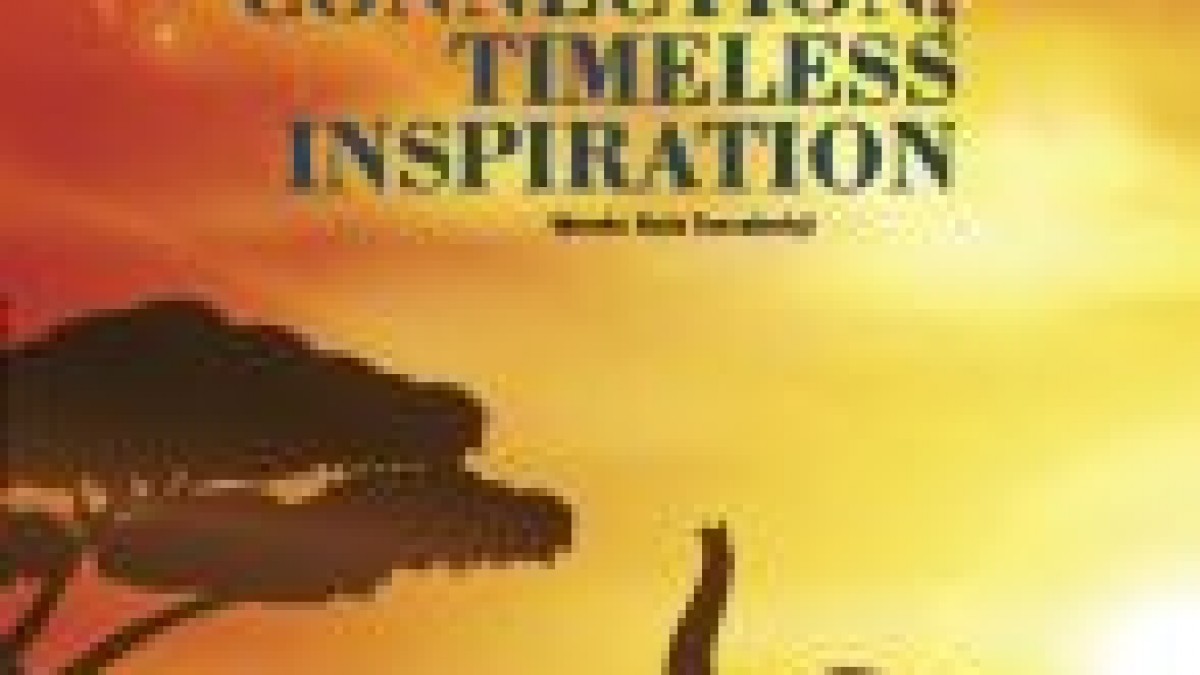As featured in Yoga Magazine, January 2022
Listening to a yoga teacher guide the class through postures and breathing practices with animal names (like Cobra, Cat, Cow, Pigeon, Peacock, Lion Breath to name a few) might sound like a fun way to keep the class interesting, especially in relations to kids’ yoga. But exploring the historical roots of the role of animals in ancient traditions, as well as deeper symbols they represent, inspires a deeper appreciation of the place of animals in yoga.
The human-animal relationship
Research confirms animals play a wide range of roles as symbols in most traditional societies and religions — with myths, stories or anecdotes relating people to their animal relatives expressed in different ways.
This equally applies in Hinduism, Buddhism and Jainism which have influenced the philosophy yoga. Most Hindus believe the atman lives many lives on Earth, some of these in the form of animals. Because of this belief in reincarnation, many Hindus view all life as deserving equal status and respect.
Hindu respect for animals is also driven by the principle of Ahimsa, where no living creature, humans or animals, should be harmed. The Jains’ belief system takes the principle of Ahimsa regarding animals further by following a strict vegetarian diet, among many other measures to make sure they do not tread on any living creatures.
And while there may be different animal ethics and symbolism among these traditions, a common theme is the recognition of the interdependence of all creatures — reflecting a common kinship, a unified and dynamic whole, and above all a responsibility towards animals.
Growing up in the Middle East, from an early age, I felt very separated from animals. There was little interaction, even with pets, until I moved to Europe and lived close to the countryside. The separation from the animal world — and the the natural world in general — is often culturally constructed and it can take time to undo attitudes and behaviors. But my move away from the city as well as my yoga journey provided a great entry point to rediscovering the connection.
Asanas and animals
Beyond the symbolism of ancient texts and artifacts, specific asanas (physical postures) with animal names have deep roots throughout the history of yoga. In the Hatha Yoga Pradipika, written in the 15th century, many poses withanimal names are mentioned, including Lion, Rooster,and Peacock. In another classic yoga text, The Gheranda Samhita, written in the 17th-century, more animal asanas are mentioned, including Camel, Crocodile and Frog.
These names serve not only as a reference for alignment and movement, but a great inspiration to the “spirit animal” (borrowing from a concept from Native American tradition involving animal guides that that could help you navigate life). Entering an animal-named posture therefore provides inspiration to the physical form as well as an entry point to the psychological state related to that animal.
For example, consider Cobra pose (Bhujangasana) which not only resembles the creature it is named after but also inspires an emotional embodiment of that animal. The cobra is known to carefully prepare itself for attack by raising its head. By replicating the shape we can also practice awakening our dormant energy while strengthening the spine, stretching the chest and lungs, shoulders and abdomen, and firming the abdomen.
In Camel pose (Ustrasana), visualizing the hump of a camel as you stretch the entire front of the body and strengthen the back muscles can invoke patience, adaptability and almost infinite energy — qualities that help the camel survive in extreme conditions.
The body’s inner wisdom
Taking the time to find the animal spirit and symbolism in yoga asana therefore goes beyond just replicating the shape to approaching the asana with curiosity and respect for the animal qualities it symbolizes.
Interestingly, these observations generally align with the latest research on a a widely held theory in exercise science known as the Constrained Action Hypothesis. The theory suggests that the more we concentrate on or consciously tell our bodies what to do, the less “fluid and efficient our movement becomes.”
And this is perhaps the key reason why animals are so beneficial in yoga. Inspired by observing and replicating animals, we allow our bodies to move as they were meant to move, connecting to an inherent wisdom beyond the conscious mind. To help us access this wisdom of nature all around us, a good starting point might be to follow A.A Milne’s famous quote in Winnie the Pooh, “Some people talk to animals. Not many listen though. That’s the problem.”



Add a Comment